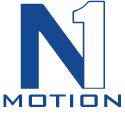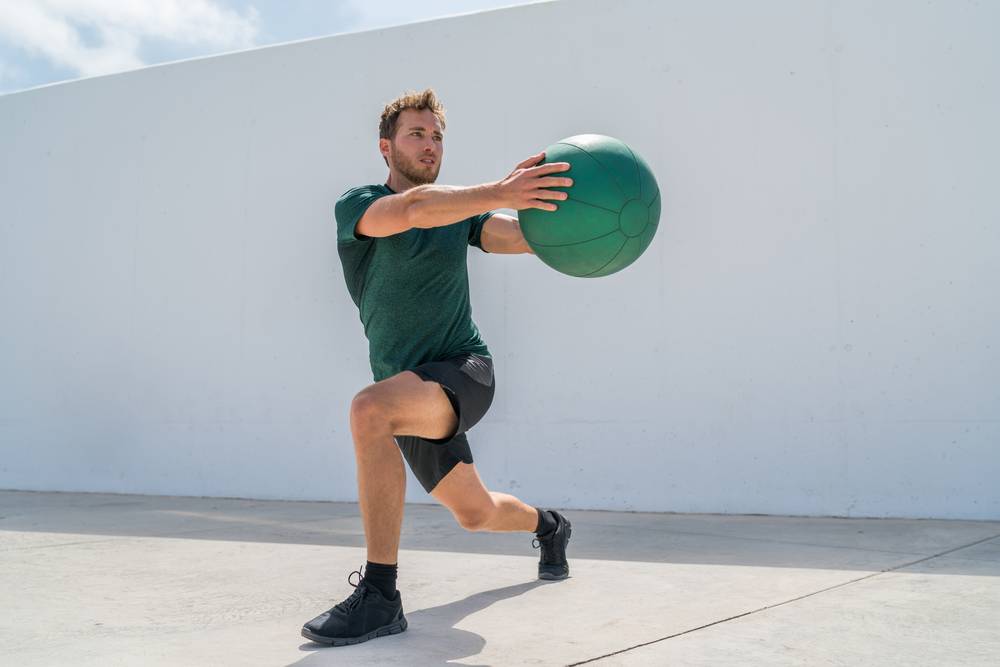Advance Your Core Training with The Sling System
Advance Your Core Training
with The Sling System
The core is the foundation of your body. It links everything together and provides stability for athletic skills. So simply doing a few Sit-Ups or even Planks won’t cut it when developing an athletic core. The key is developing what is called the sling system. The sling is a group of contralateral (opposite) muscle groups that work in a diagonal fashion and that lie on the anterior (front) and posterior (back) portion of the trunk. The sling can be broken down into the posterior and anterior oblique slings. The primary function of the sling is to stabilize the pelvis and spine during movement, which enhances performance in all sports from track and field, football, baseball, golf and volleyball.
Anterior Oblique System
The anterior oblique sling system includes the external and internal oblique, opposing leg adductors complex, and hip external rotators. The oblique plays a key role in mobilizing and stabilizing gait. It functions by pulling the leg through during the swing phase. Athletic movements involve many moving parts. The anterior sling system helps stabilize the pelvis and spine during acceleration, deceleration and multi-directional movements. The anterior oblique system contributes to rotational forces and hip flexion and stabilizes the lumbo-pelvic-hip complex.
Here’s how to train it:
- Contralateral Stability Ball Dumbbell Press
- Lunge w/ Cross-Chop
- Staggered Single-Arm Cable Press
- Staggered Med Ball Side Toss
- Dead Bug
Posterior Oblique System
This system includes the gluteus maximus, latissimus dorsi and thoracolumbar fascia. The glute max and lat attach to the thoracolumbar fascia, which connects to the sacrum. Their fibers run perpendicular to the hip joint so when the opposite glute max and lat contract, the tension built up stabilizes that hip joint, enhancing energy transfer.
The posterior oblique subsystem contributes to propulsion when we walk, run or sprint. It is also a key contributor to rotational forces such as swinging a golf club or baseball bat, or throwing a ball. If there is any dysfunction in the posterior oblique subsystem, the hip joint will become unstable, leading to back pain. Someone with weak glutes and/or lats will most likely have a motor unit recruitment dysfunction leading to increased tension in the hamstrings and will be at a higher risk of recurring hamstring strains.
Here’s how to train it:
- Prone Contralateral Glute Ham Dumbbell Row
- Squat With Twisting Cable Row
- Staggered Single-Arm Cable Row
- Single-Leg RDL With Row
- Prone Contralateral Hyperextension
Take your core training to the next level by incorporating these exercises to optimize performance!

